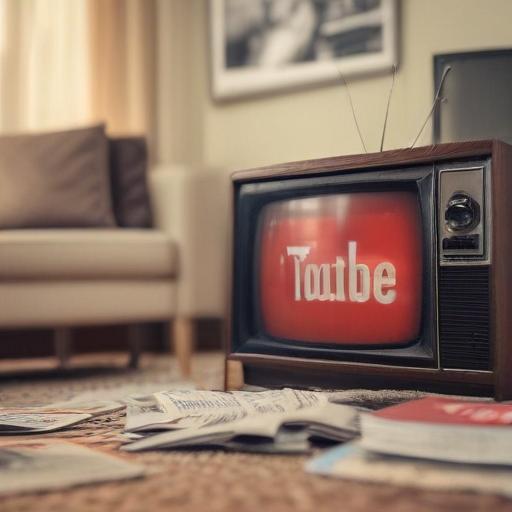YouTube has emerged as the second most-used media platform in the UK, right behind the BBC, according to Ofcom’s latest annual report. This milestone indicates a significant shift in viewing habits, particularly among younger demographics. The report reveals that one in five young viewers turn to YouTube first when accessing video content on smart TVs, a clear reflection of the platform’s growing popularity.
Interestingly, the trend extends beyond younger audiences. People aged over 55 are now watching nearly double the amount of YouTube content compared to two years ago, suggesting a broadening appeal of the platform across age groups. Ofcom’s interim group director for strategy and research, Ed Leighton, emphasized that scheduled TV is increasingly disconnected from younger viewers, with many considering YouTube their primary media source.
The content on YouTube is also evolving; about half of the top-trending videos now resemble traditional television formats, including long-form interviews and game shows. This shift positions YouTube as a formidable competitor to ad-supported television, providing traditional broadcasters with an opportunity to connect with younger audiences in the digital space. Leighton highlighted the necessity for public service broadcasters to adapt to these changes to ensure they remain relevant.
Despite the rise of platforms like YouTube, traditional broadcast television still holds a substantial share, accounting for 56% of total at-home viewing. However, viewers are spending 4% less time on broadcast TV in 2024 compared to 2023, with younger adults (ages 16-24) watching an average of just 17 minutes of live TV daily. Notably, festive and major sporting events continue to draw large audiences, with last year’s Gavin and Stacey: The Finale emerging as the most-watched program on linear TV.
As the media landscape continues to shift, it’s clear that both YouTube and traditional broadcasters are navigating a changing environment, with opportunities for collaboration and adaptation. This evolving media consumption pattern suggests a brighter future where content diversity and accessibility can thrive, catering to a wide range of audience preferences.
